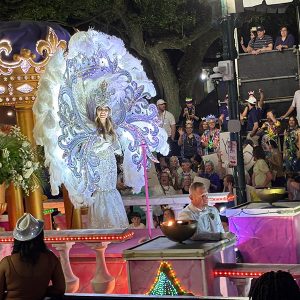“Just a few whiting,” said the fisherman when I asked him what he had caught. He had jumped, turning guiltily when I approached from behind. He had not heard the regular crunch of my footsteps as I walked through the shingle towards him.
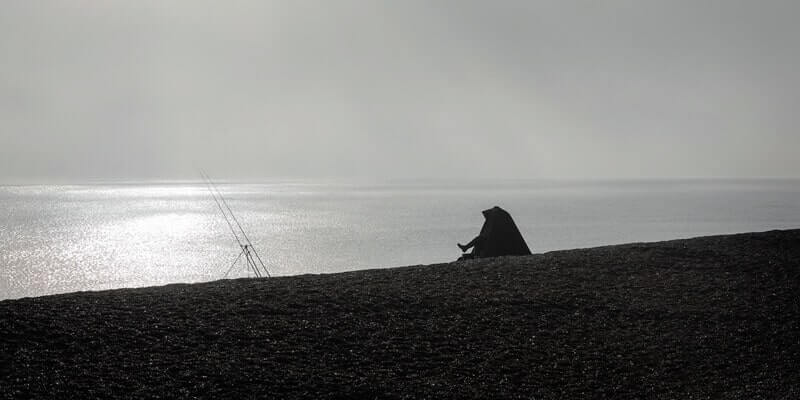 It was Shingle Street village, a far-flung part of coastal Suffolk, and somewhere with a peculiar history. The few locals I saw, and there is a total of only 60, looked at me suspiciously. The fisherman certainly thought I was odd.
It was Shingle Street village, a far-flung part of coastal Suffolk, and somewhere with a peculiar history. The few locals I saw, and there is a total of only 60, looked at me suspiciously. The fisherman certainly thought I was odd.
The village is a line of barely 20 houses looking eastwards to the North Sea and served by a dead-end road. The houses carry the signs of repeated battering by the elements. Dried and chipped paint around windows, gardens with wind-driven plants leaning at a perilous angle, and faded nautical rope decorating gates and fences. A 200-year-old Martello Tower, one of four in the area, has been turned into holiday lodging while in a nearby garden stands an old cabin-cruiser, its hull in need of decoration. The boat has not set to sea for a long time and is now land-based accommodation.
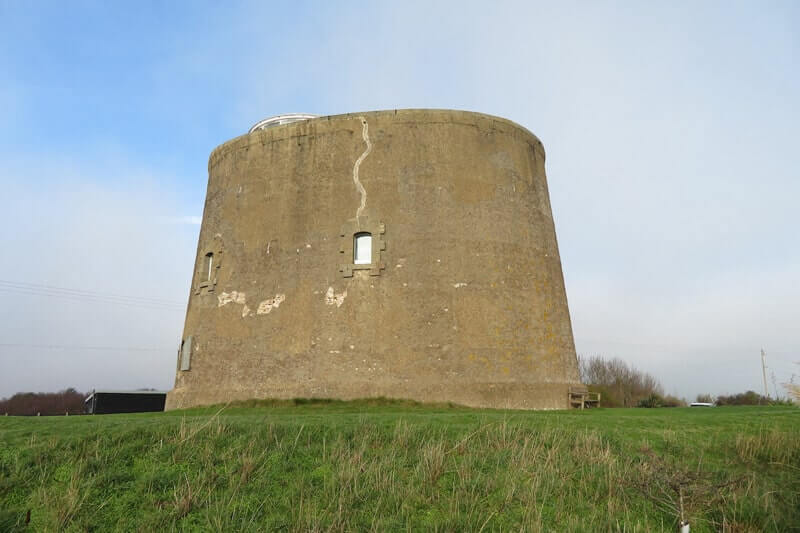 Further inland, and behind the straggling houses, are marshy fields, filthy sheep grazing, and ground-nesting birds hidden in bushes. Noisy crows line up on wire fences, like soldiers on parade, and marsh harriers fly overhead. One took me as its lunch for a moment, briefly plummeted downwards from its hundred-foot hover, and then changed its mind. I must have looked indigestible, as I watched it soar away on the high wind, to look for something smaller.
Further inland, and behind the straggling houses, are marshy fields, filthy sheep grazing, and ground-nesting birds hidden in bushes. Noisy crows line up on wire fences, like soldiers on parade, and marsh harriers fly overhead. One took me as its lunch for a moment, briefly plummeted downwards from its hundred-foot hover, and then changed its mind. I must have looked indigestible, as I watched it soar away on the high wind, to look for something smaller.
The village’s shingle is formed by smooth, kidney-shaped stones – brown, off-yellow, sometimes red. Walking through them is difficult, and it is impossible to stay silent. The stones lead down to the sea, and are arranged in waves, just like the ocean.
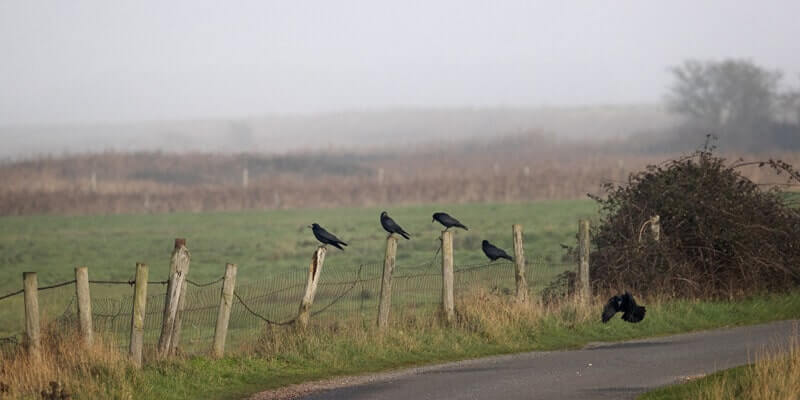 During World War Two, Germany considered the beach would be a suitable spot for landing, should they trigger their planned invasion of Britain, Operation Sealion. I was once a soldier and looked at the shoreline with a military eye. The place was bare and exposed, and not somewhere to run ashore under the heavy fire of a defender.
During World War Two, Germany considered the beach would be a suitable spot for landing, should they trigger their planned invasion of Britain, Operation Sealion. I was once a soldier and looked at the shoreline with a military eye. The place was bare and exposed, and not somewhere to run ashore under the heavy fire of a defender.
History relates, but has not confirmed, that Germany did attempt to invade England in 1940, using Shingle Street for the landing. It is said that many badly burned bodies, dressed in German uniform, were found on the seashore. The Dutch Resistance also claimed, at the same time, that its country’s hospitals were filled with burned Germans. Some say that up to 40,000 perished. The story was never proven. There was certainly an Operation Fougasse, masterminded by the United Kingdom’s then Petroleum Warfare Department. Underwater oil pipelines were positioned to set the sea alight and did so.
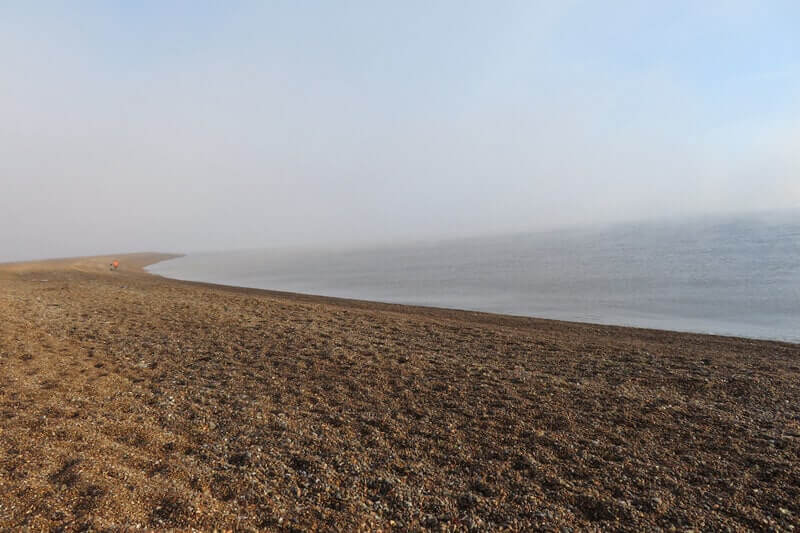 Whether or not Operation Sealion ever happened, Shingle Street has been a national weak point for a very long time. Its Martello Towers were built to defend the coast from France’s Napoleon, while nearby are tank traps from the First World War, and pillboxes from the Second. There was once a local pub, the Lifeboat Inn, that was destroyed in 1943, as the main target for experimental bombing. Barnes Wallis, the inventor of the bouncing bomb, was said to have played a part. There is no longer a pub in the village.
Whether or not Operation Sealion ever happened, Shingle Street has been a national weak point for a very long time. Its Martello Towers were built to defend the coast from France’s Napoleon, while nearby are tank traps from the First World War, and pillboxes from the Second. There was once a local pub, the Lifeboat Inn, that was destroyed in 1943, as the main target for experimental bombing. Barnes Wallis, the inventor of the bouncing bomb, was said to have played a part. There is no longer a pub in the village.
Modern Shingle Street is different to how it once was. Originally home to fishermen and river pilots for the nearby River Ore, it was commandeered by the military in 1940 and the population forcibly evacuated. Repopulated in 1947, it is now a place where folk come to reflect, walk, sit on the shingle, fish, see spring flowers, and gaze out to sea. It was what the fisherman was doing when I encountered him – gazing.
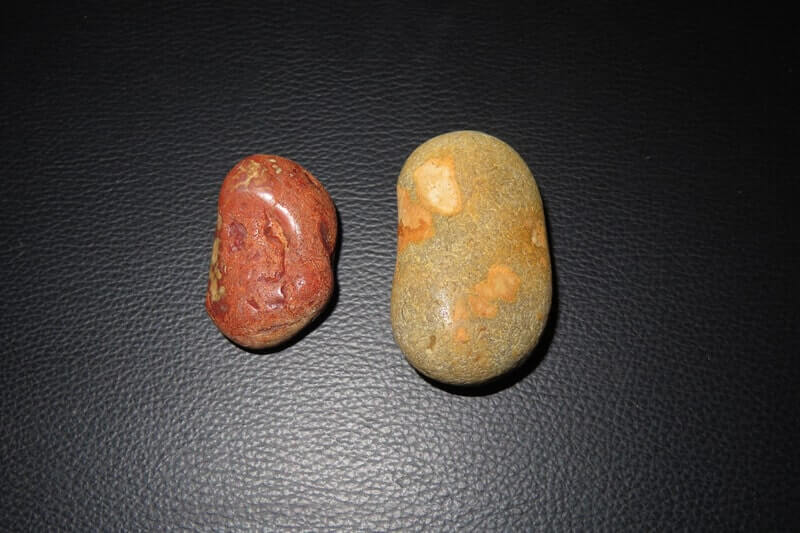 “All OK?” I asked when it was clear he was happy to chat.
“All OK?” I asked when it was clear he was happy to chat.
“Crazy times,” he replied. “This is where I come to think.”
I nodded and crunched onwards. The fisherman was there to ponder, not to catch a whiting.
It was the line of shells that stopped me. I stumbled on it almost by accident, a 275-metre row of bright white whelks connecting seashore on my left to village buildings on my right. Beside one building, I could see a Union Jack flapping in the mist. The line made me think. I knew it to be a symbol of friendship placed there carefully by two lifelong friends, both suffering from cancer.
Like the fisherman I stopped, sat, and pondered. Thoughts flowed through me and I felt strangely relaxed. I cannot explain how a line of shells can do that. Shingle Street may once have been a site of terrible conflict, but there are now few better places in England to visit, sit and think.
You will find Shingle Street village at IP12 3BE.
Getting there
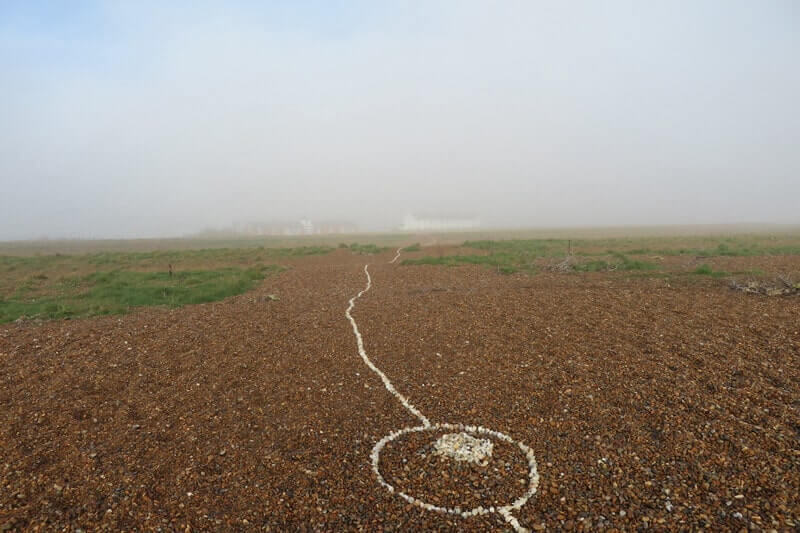 Distances: Edinburgh – 418 miles; Manchester – 247 miles; Bristol – 226 miles; London – 102 miles; Cambridge – 69 miles; Ipswich – 18 miles; Woodbridge – 10 miles
Distances: Edinburgh – 418 miles; Manchester – 247 miles; Bristol – 226 miles; London – 102 miles; Cambridge – 69 miles; Ipswich – 18 miles; Woodbridge – 10 miles
Line 800 bus: Ipswich (Northgate Street) – Martlesham Park and Ride (21 minutes, bus every 30 minutes)
Taxi from Martlesham Park and Ride (12.5 miles; £28-35)
Train & taxi: Shingle Street does not have a railway station.
Ipswich – Felixstowe (25 mins, hourly train)
Felixstowe – Shingle Street (22.1 miles; £45-60)
Ipswich to Shingle Street by taxi (17.4 miles; £35-50)
Suggested link for travel options
Parking
Shingle Street has a small free car park but no facilities at all. Bring everything you need.
Where to stay
Bawdsey Hall
Ferry Rd, Woodbridge, IP12 3AS
Tel. 01394 411103; 07763 291026
www.bawdseyhall.com
The Station Guest House
Station Road, Woodbridge, IP12 4AU
Tel. 01394 384831
stationguesthouse.co.uk
Email: the.station.guest.house@btinternet.com
Wantisden Park
Woodbridge, IP12 3PJ
Luxury accommodation in lodges and pods
Tel. 01394 460058
www.wantisden.co.uk/wantisdenpark
Email: park@wantisden.co.uk
Where to eat
The Shepherd and Dog Inn
The Street, Hollesley, IP12 3QU
Pub with outdoor seating, which offers food in a relaxed environment.
Tel. 01394 411855
m.facebook.com/shepherdanddoghollesley/?locale2=en_GB
Email: info@shepherdanddoghollesley.co.uk
Ramsholt Arms
Dock Road, Ramsholt, IP12 3AB
Pub with outdoor seating offering local seafood and seasonal fare. Dog-friendly.
Tel. 01394 411209
www.theramsholtarms.com
Email: contact@theramsholtarms.com
Winkles at the Ferry (Café)
Ferry Boat Yard, Felixstowe, IP11 9RZ
Tel. 07947 100242
m.facebook.com/WinklesAtTheFerry?ref=stream
Walking routes
There are plenty of walks around Shingle Street, and not a mountain in sight.
For ideas, have a look here
Other things to do
Visit Sutton Hoo
Set in a 255-acre estate with views over the River Deben, Sutton Hoo is home to the ship burial of an Anglo-Saxon king and his possessions.
Tranmer House, Sutton Hoo, Woodbridge, Suffolk, IP12 3DJ
Tel. 01394 389700
www.nationaltrust.org.uk/sutton-hoo
Bentwaters Cold War Museum
An opportunity to see how Bentwaters was used during war time. Several rooms have been restored to show their original purpose, such as the main War Operations Room and Battle Cabin. There are also displays about Special Operations and Rescue Squadrons based at Woodbridge and another for the Aggressor Squadron.
Building 134, Bentwaters Park, Rendlesham, Woodbridge, Suffolk, IP12 2TW
Tel. 07588 877020
www.bcwm.org.uk
Orford Castle
One of the most complete keeps in England, with seaward views to Orford Ness. Be warned, there are 91 steps to the top of the keep. Do bring a picnic to eat in the grounds but there are no loos on site.
Orford, Woodbridge, Suffolk, IP12 2ND, England
Tel. 0870 333 1181
www.english-heritage.org.uk/search?searchTerm=orford%20castle



